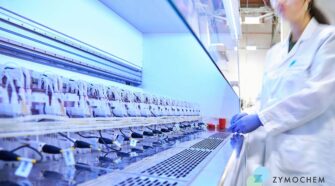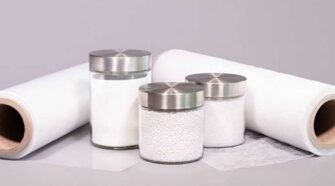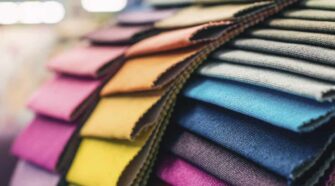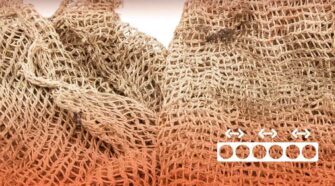Technologies

ZymoChem Debuts Scalable Bio-Based SAP
Harshal Chokhawala, Co-Founder & CEO, Shares the Vision for BAYSE™ – the World’sFirst Scalable, Bio-Based, Microplastic-Free, Biodegradable Super Absorbent Polymer Super Absorbent Polymer (SAP) is the key ingredient for any …

From Safety Pins to ‘Hook Anywhere,’ the Evolution of Diaper Closures
Many segments of the textile industry rely on adhesives and binders that securely hold a product together, in one way or another. From automotive, medical, hygiene and more, this seemingly …

Sustainable Textile Design with Adhesives in Mind
Many segments of the textile industry rely on adhesives and binders that securely hold a product together, in one way or another. From automotive, medical, hygiene and more, this seemingly …

Jowat Corporation Announces New Biobased Hot Melt Adhesive Technology for Improved Sustainability
Many segments of the textile industry rely on adhesives and binders that securely hold a product together, in one way or another. From automotive, medical, hygiene and more, this seemingly …

Michelman’s Innovative Solutions for Technical Textiles
Many segments of the textile industry rely on adhesives and binders that securely hold a product together, in one way or another. From automotive, medical, hygiene and more, this seemingly …

